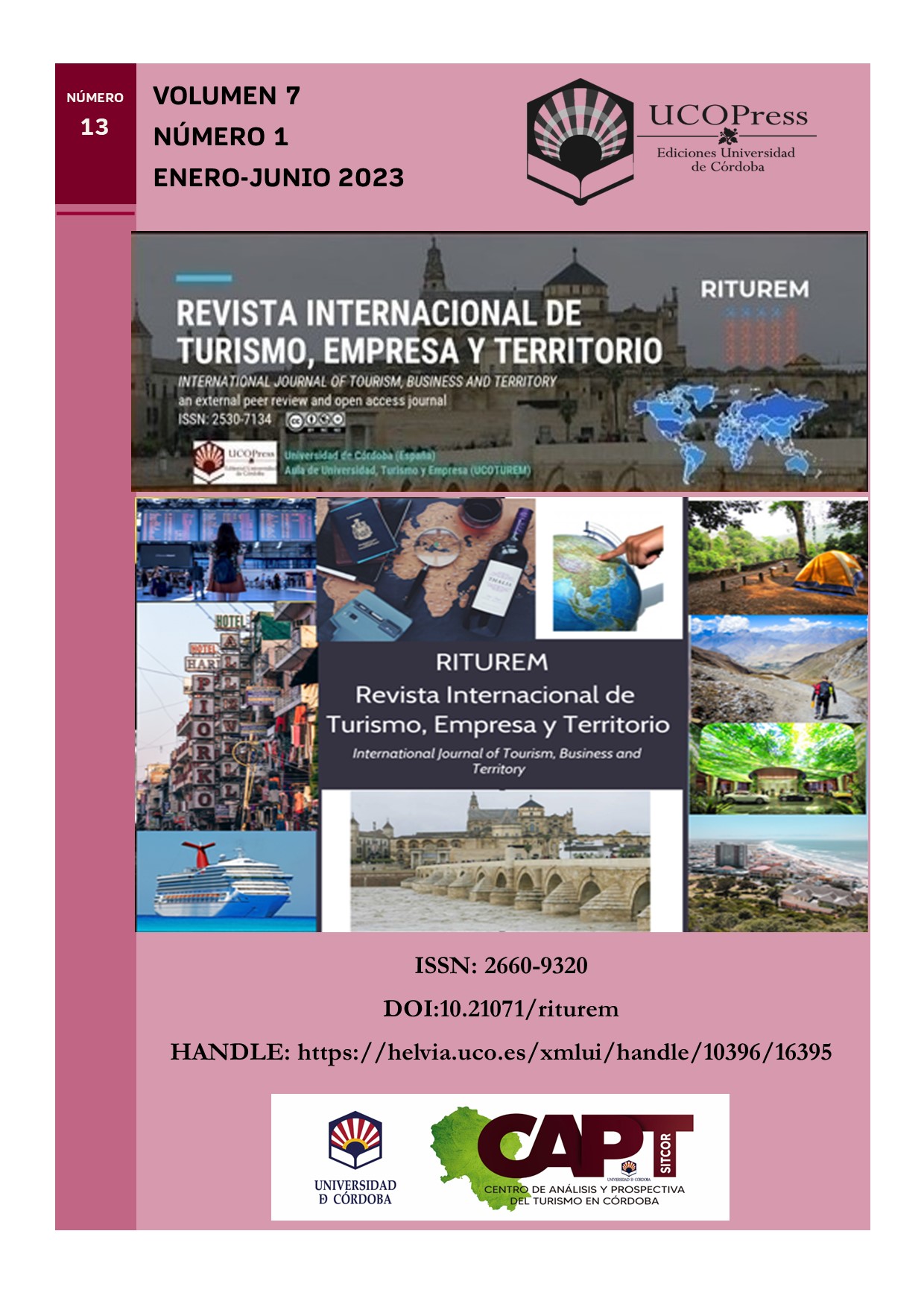The tourist transformation of seaports. Cases from Spain and UK
Main Article Content
Abstract
Many cities around the world have transformed their old industrial ports to introduce new tourist uses. From the pioneer example of Baltimore (United States), the model has been repeated and adapted in cities on the five continents, given the obsolescence of the facilities and the demand for new consumption spaces. This paper analyzes the cases of Malaga (Andalusia, Spain) and Plymouth (England, United Kingdom) to adapt them to the visit of cruises and yachts, as well as commercial and leisure activities. The methodology is based on fieldwork and analysis of documentary sources. Five approaches have been taken into account: external accessibility, internal mobility, activities, heritage protection, and integration in the urban context. The results are presented in comparative maps and a reflection on the degree of integration achieved in both cases is included. The conclusions and methodology can be applied in other cases of cities that are currently adapting their port areas to attract a larger number of visitors.
Keywords: waterfront, historic city, urban regeneration, heritage, urban tourism, urbanism, planning
Downloads
Article Details
Copyright Notices Proposed by Creative Commons
Proposed policy for journals offering deferred open access
Those authors who have publications with this journal, accept the following terms:
1. The authors will retain their copyright and guarantee to the journal the right of first publication of their work, which will be simultaneously subject to the Creative Commons Recognition License CC BY-NC 4.0 (Creative Commons — Attribution-NonCommercial 4.0 International — CC BY-NC 4.0 ) hird parties to share the work provided that its author and its first publication is indicated this journal and no commercial use is made.
2. Authors may adopt other non-exclusive licensing agreements for the distribution of the published version of the work (e.g., deposit it in an institutional telematics file or publish it in a monographic volume) provided that the initial publication is indicated in this journal.
3. Authors are allowed and recommended to disseminate their work over the Internet (e.g. in institutional telematics files or on their website) before and during the submission process, which can produce interesting exchanges and increase citations of the published work. (See The effect of open access: http://opcit.eprints.org/oacitation-biblio.html.
